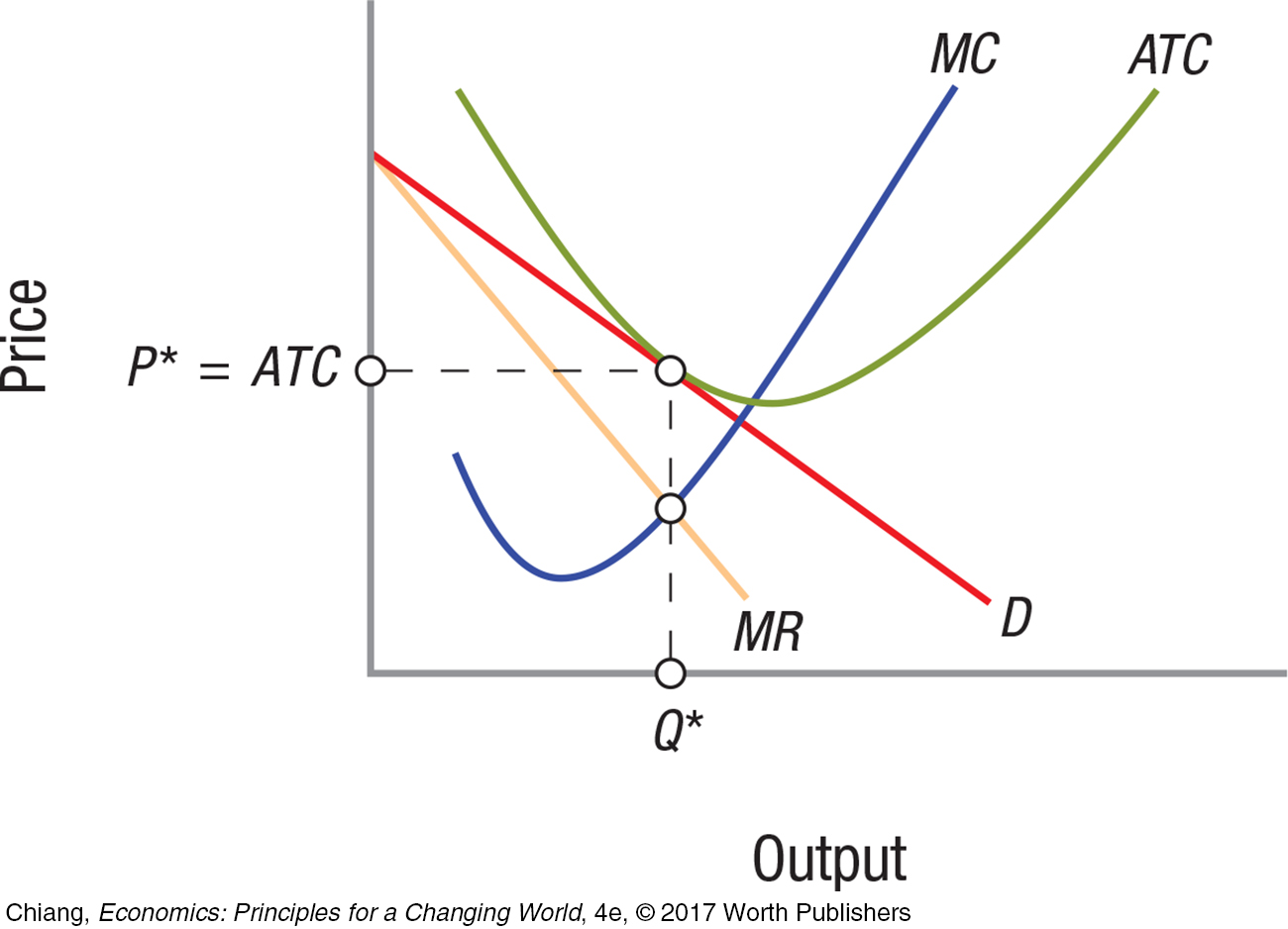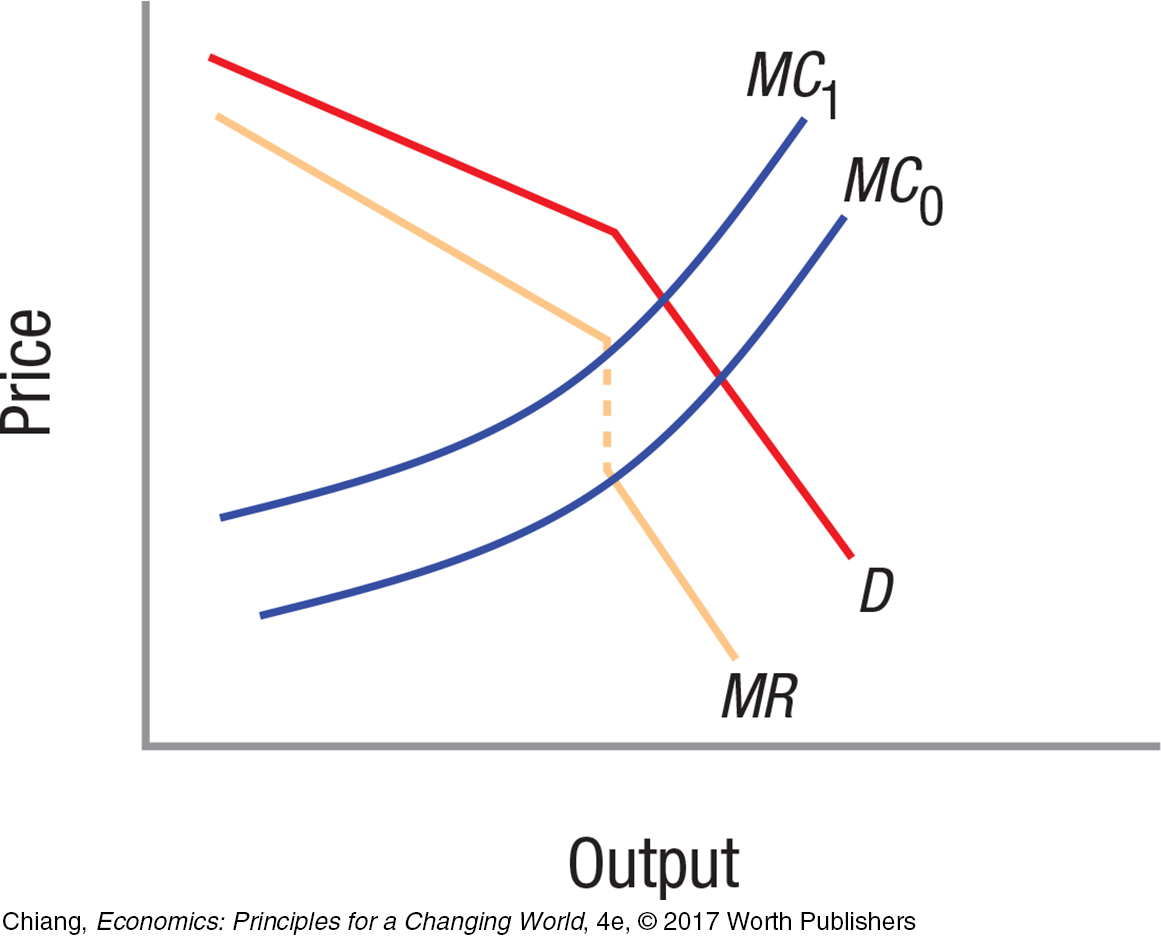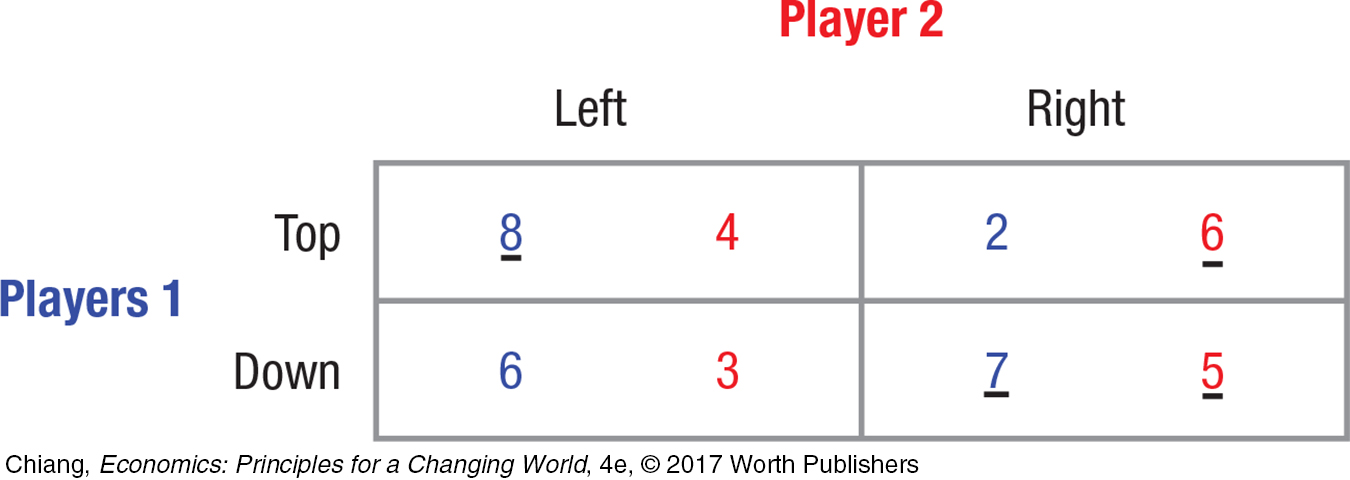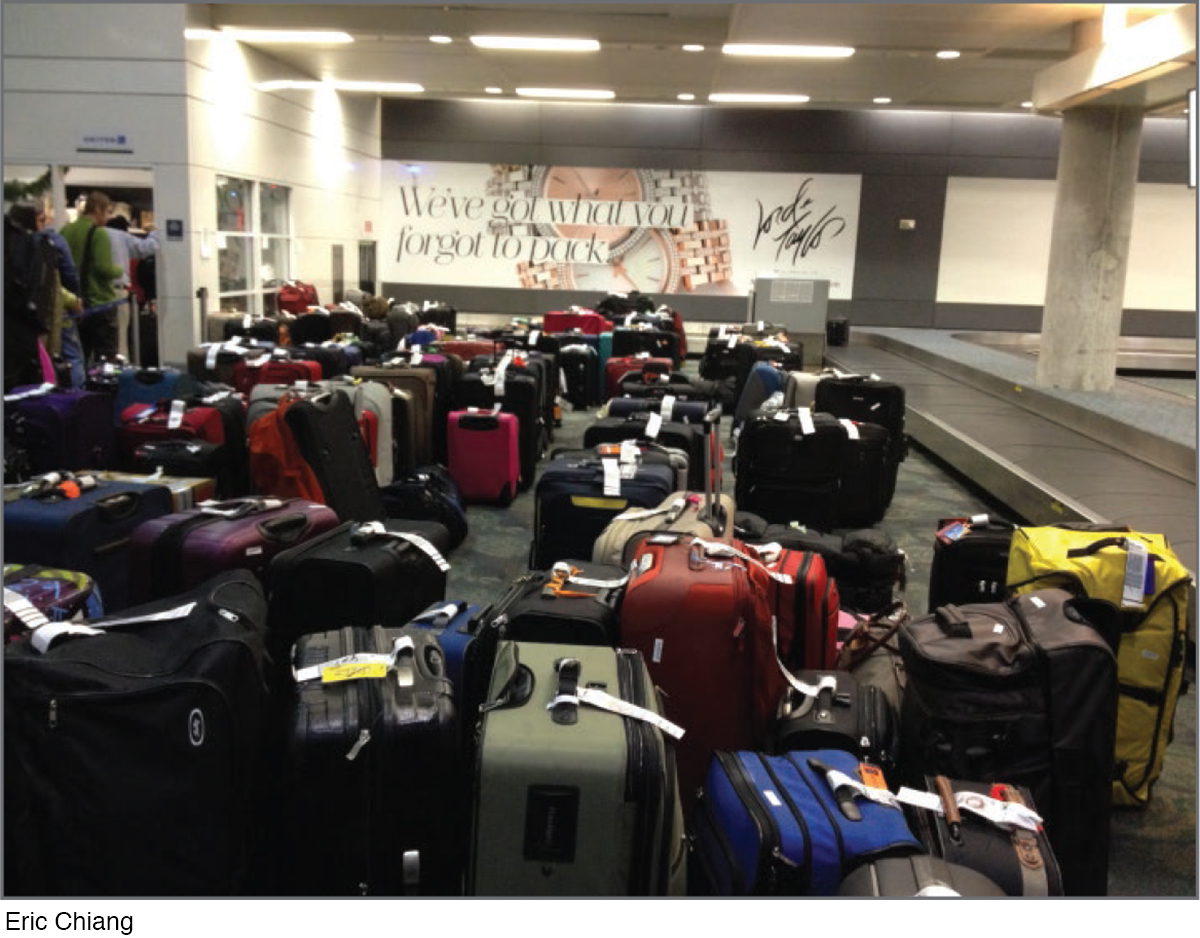chapter summary
chapter summary
Section 1 Monopolistic Competition
10.1 A monopolistically competitive industry has the following characteristics:
Large number of firms, each with insignificant market share.
Little to no barriers to entry and exit.
Products sold by firms are similar but differentiated (has a brand name).
Limited market power and ability to set prices.
10.2 Short-

Because of product differentiation, a firm’s demand curve is downward sloping. However, it is highly elastic due to the competitive nature of the industry.
Types of Product Differentiation
Location
Quality
Style, Design, and Features
Advertising

Section 2 Oligopoly
10.3 Oligopoly industries are controlled by a few large firms. Barriers to entry are significant, products are less differentiated than in monopolistically competitive industries, and pricing decisions by one firm directly impact other firms (mutual interdependence). Oligopoly firms possess market power, but not as much as a monopoly.
10.4 Cartels are agreements to restrict output to push prices higher, but are inherently unstable because cheating is profitable.


Section 3 Game Theory
10.5 Game theory is the study of strategic decision making when multiple players each act in their own interests.
Components of a Game
| Players | Information | Strategy Choices | Outcomes | Payoffs |
Sequential-
Simultaneous-

Nash equilibrium is an outcome that results from all players responding optimally to all other players’ actions to maximize their expected payoffs. In a Nash equilibrium, no player wishes to deviate unilaterally from that outcome.
10.6 Solving for a Nash equilibrium requires analyzing a game table for best responses to the other player’s possible actions.

Player 1’s best response to “Left” is “Top” = 8.
Player 1’s best response to “Right” is “Down” = 7.
Player 2’s best response to “Top” is “Right” = 6.
Player 2’s best response to “Down” is “Right” = 5.
One Nash equilibrium is “Down,” “Right” = (7, 5).
Section 4 Applications of Game Theory
10.7 A Prisoner’s Dilemma occurs when optimal noncooperative play results in an outcome that is inferior to another outcome for both players.
10.8 Ways to Overcome the Prisoner’s Dilemma
Collusion: This is illegal in most cases, although international cartels exist, such as the OPEC oil cartel and various drug cartels. Also, free trade agreements are a legal form of cooperation between countries.
Repeated games: Games that are repeated by the same players, and often results in one player taking the lead on a cooperate strategy, and others follow. The possibility of retaliation in a repeated game increases the likelihood of cooperation.

Trigger Strategies Used in Repeated Games
Grim trigger: When one player defects, the other refuses to cooperate again (no forgiveness).
Trembling hand trigger: Players forgive certain instances of defection as “mistakes” before retaliation is taken.
Tit-
Leadership games: Describes situations that occur when a small firm competes against a large firm, and where the market share captured by the small firm is not large enough to warrant a reaction by the large firm.
Chicken games: Describes situations that occur when opposing players have an incentive to maintain a tough stance; however, if neither player refuses to back down, the worst outcome for both players occurs.